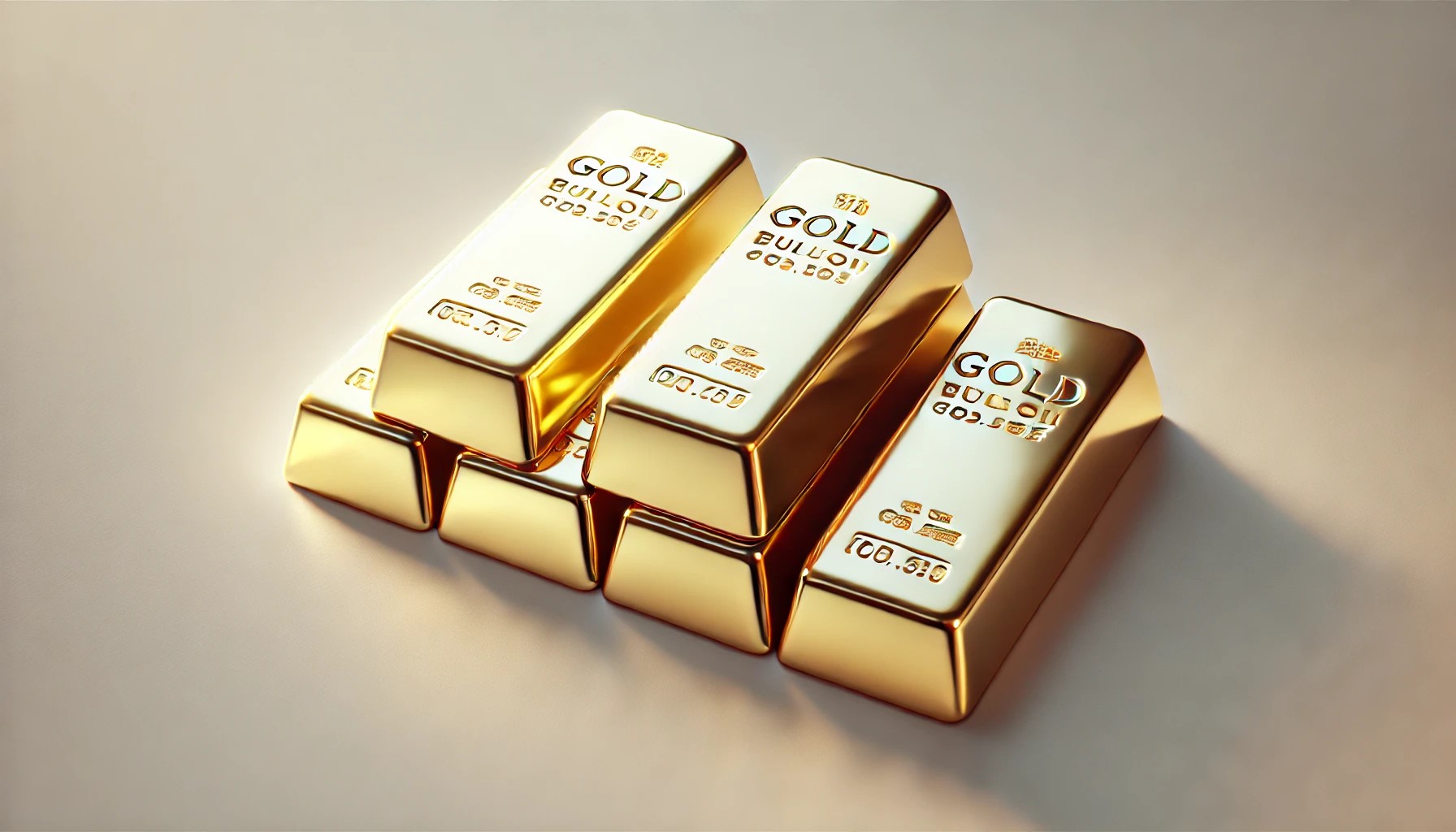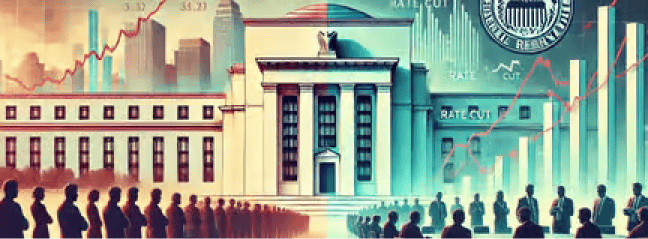In the complex web of global finance, the relationship between the U.S. dollar and precious metals such as gold and silver remains one of the most closely watched dynamics. Investors, traders, and economists often track the dollar’s fortunes to gain insight into the future direction of gold and silver prices. Understanding this interplay is vital for anyone looking to navigate the precious metals markets, as the relative strength of the world’s reserve currency can have a profound influence on these time-tested stores of value.
Why the Dollar Matters for Precious Metals
For decades, the U.S. dollar has held a unique role as the primary medium of exchange in international trade and as a benchmark pricing currency for commodities. Gold and silver are typically quoted in U.S. dollars on global markets. As a result, when the dollar’s value rises against other major currencies, it effectively becomes more expensive for foreign buyers to purchase gold and silver. Conversely, when the dollar weakens, it becomes more affordable for buyers outside the United States to acquire these metals, often driving their prices higher.
This relationship isn’t simply mechanical—it’s also rooted in market psychology. Gold and silver are often seen as “safe haven” assets, attractive during times of economic uncertainty. However, if the dollar itself is considered a safe haven and strengthens due to global anxieties, that can put downward pressure on precious metals priced in that currency. In other words, investor sentiment about the dollar’s stability can shift perceptions of gold and silver’s relative appeal.
1. The Inverse Correlation Between the Dollar and Gold
Many market analysts talk about the inverse correlation between the U.S. dollar and gold prices. This doesn’t mean that gold and the dollar always move in opposite directions, but historically, periods of a strengthening dollar often coincide with weakness in gold prices. Why?
- Purchasing Power: When the dollar appreciates, investors holding other currencies face a higher cost to buy gold. This reduces non-U.S. demand, which can weigh on prices.
- Opportunity Cost: A stronger dollar is often accompanied by rising interest rates. Higher interest rates can make dollar-denominated assets like bonds more attractive than non-yielding metals, thereby diminishing gold’s appeal.
As a result, if you see a surge in the dollar—perhaps due to optimism about the U.S. economy or higher U.S. interest rates—it often spells a period of consolidation or decline in gold prices.
2. Silver’s Sensitivity to Economic Indicators
Silver is unique because it is both a precious metal and an industrial commodity. Its price responds not only to global financial sentiment but also to industrial demand. Although silver tends to move in tandem with gold, a strong U.S. dollar can influence it in slightly different ways.
- Reduced Demand from Emerging Markets: Many emerging markets rely on the dollar to finance imports and exports. A stronger dollar can strain these economies, dampening their capacity to purchase industrial commodities, including silver.
- Investor Substitution: During times of a strong dollar, some investors may move into higher-yielding assets, reducing the inflow into silver investments. However, silver’s dual role can sometimes temper the impact. If industrial demand is robust enough—due to technological growth, solar panel production, or electronics manufacturing—this can provide a cushion against a rising dollar’s pressure.
3. Dollar Index and Real Interest Rates
An important tool many investors use to gauge the dollar’s strength is the U.S. Dollar Index (DXY), which measures the greenback’s value against a basket of major currencies. A rising DXY typically indicates a stronger dollar, signaling potential headwinds for gold and silver. But it’s not just about nominal exchange rates. Real interest rates—interest rates adjusted for inflation—also matter.
When real yields in U.S. government bonds increase, holding gold or silver becomes relatively less attractive because these metals do not pay interest or dividends. As higher yields often coincide with a stronger dollar, gold and silver prices can feel the squeeze from both ends.
4. Short-Term Fluctuations vs. Long-Term Trends
While the U.S. dollar’s strength is a key driver of gold and silver prices, it’s essential to consider the bigger picture. Precious metals are long-duration assets that reflect not just short-term economic cycles but also long-term macroeconomic and geopolitical conditions. In times of severe crisis or when trust in fiat currencies wanes, gold and silver can rally despite a strong dollar, as investors flock to tangible assets that maintain intrinsic value.
Moreover, these relationships are never static. Central bank policies, shifting geopolitical alliances, trade disputes, and changing industrial technologies all play roles in altering the dynamics between the dollar and precious metals. Investors who understand the core relationships have a significant edge, but they must remain flexible in their outlook.
Conclusion: Balancing Currencies and Commodities
In the grand financial puzzle, the strength or weakness of the U.S. dollar is a pivotal piece shaping the trajectory of gold and silver prices. While a robust dollar environment can often weigh down these metals, this relationship is not absolute. Markets are influenced by many factors—real interest rates, global economic growth, central bank actions, and geopolitical risks, to name a few.
For investors, awareness of the dollar’s influence can help in timing buying or selling decisions. Those who stay informed, consider multiple market indicators, and look beyond short-term price movements can better position themselves to navigate the ever-evolving landscape of precious metals and currencies.


